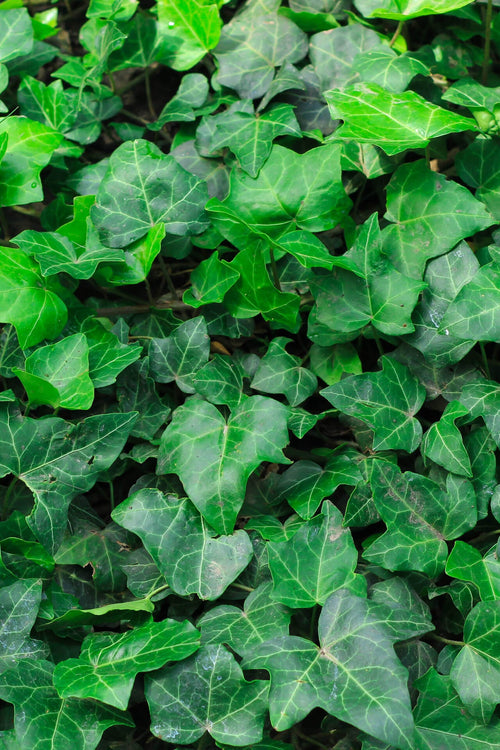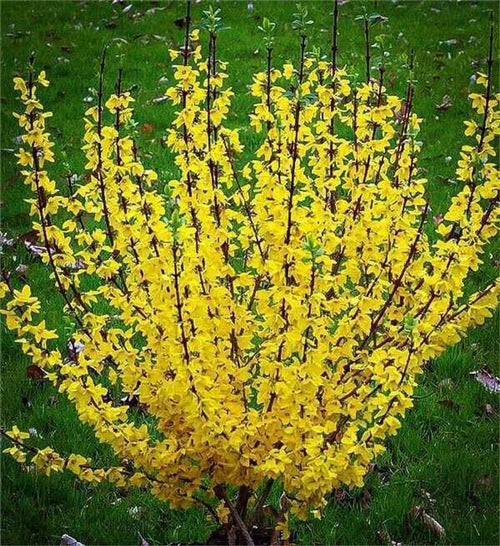Deer are very selective in their eating habits, and they devour their favorite plants and shrubs. They can cause moderate damage in the gardens depending upon the deer population in the area and their preferred territories.
It is crucial to know that there is hardly a plant that can be considered deer resistant. However, they can be categorized into plants rarely damaged, occasionally damaged, and frequently damaged by the deer population. It is advisable to grow plants and trees that the deer seldom damage. This way, you can avoid severe destruction as the deer would prefer other plants to feed on.
You can try growing some of these plants that the deer do not prefer
Evergreen Shrubs
—Go in for Boxwood, Holly, Juniper, Rabbitbrush, Sagebrush, and Evergreen Barberry. Deer seldom munch on these evergreen shrubs.
Perennial Shrubs and Vines
—Lilac, Snowberry, Wild Roses, Daphne, Butterfly bush, Honeysuckle, English Ivy, Forsythia, Flowering Dogwood, and Mountain Laurel are least affected by deer.
Annuals
—Deer-resistant Annuals include Marigold, Salvia, Snapdragon, Sunflower, Zinnia, Calendula, Snow on the mountain, Ageratum, etc.
Herbs and Vegetables
- You can try growing Tomatoes, Potatoes, Oregano, Cucumbers, Chives, Rosemary, Mint, Thyme, etc., as they are deer’s least favorite plants.
You can grow these plants in your garden to make it deer-resistant as they are less prone to damage by deer. Apart from growing these plants, you can also take alternate measures to keep the deer population away from your prized garden.
Fencing is an effective method of keeping them away. You can use a wired fence, wooden fences, and even solid hedges to protect your garden. The fencing should be at least 6 feet high or more so that the deer can’t jump over it.
You can protect individual specimens, trees, and shrubs with the help of metal cylinders or wired mesh. You can place such exclusion devices around your trees and shrubs to make them out of reach. If your area has a large deer population, avoid growing plants frequently damaged by them. Plants like Crocus, Hosta, Daylily, Tulips, Rhododendrons, Hybrid Tea Roses, Cornelian Dogwood, Yews, Apples, and Plums are most vulnerable to damage deer. It is essential to plan and grow plants and trees intelligently so that your garden is least affected.
Source of Information on Growing Deer Resistant Plants
https://www.tnnursery.net




















































